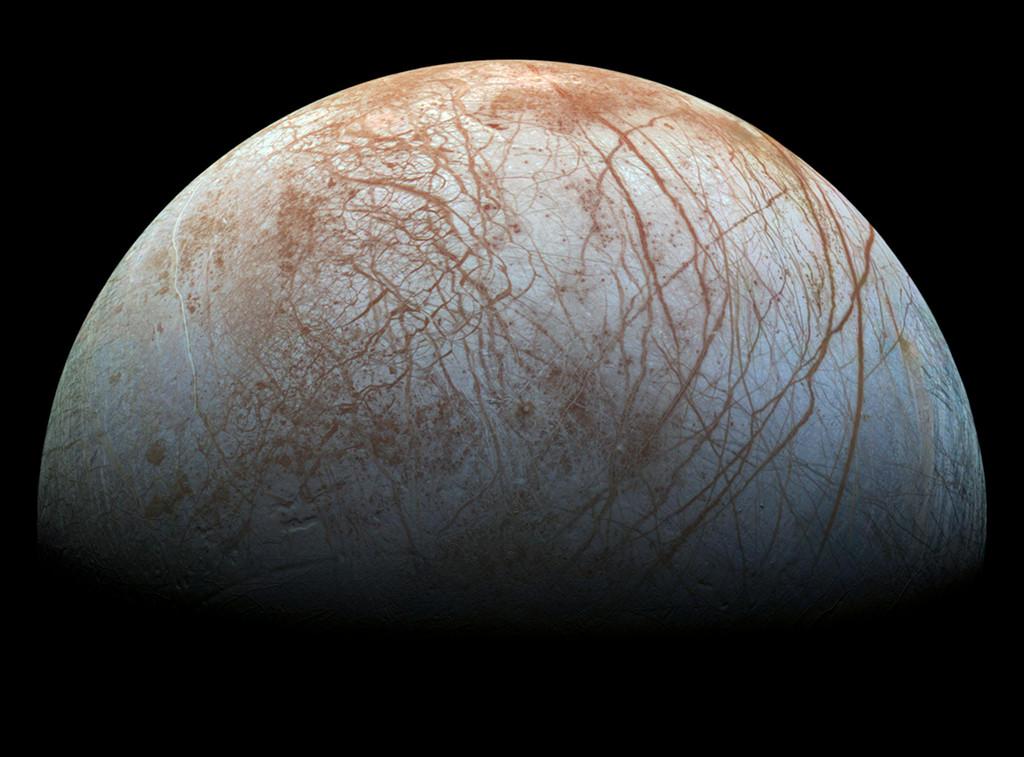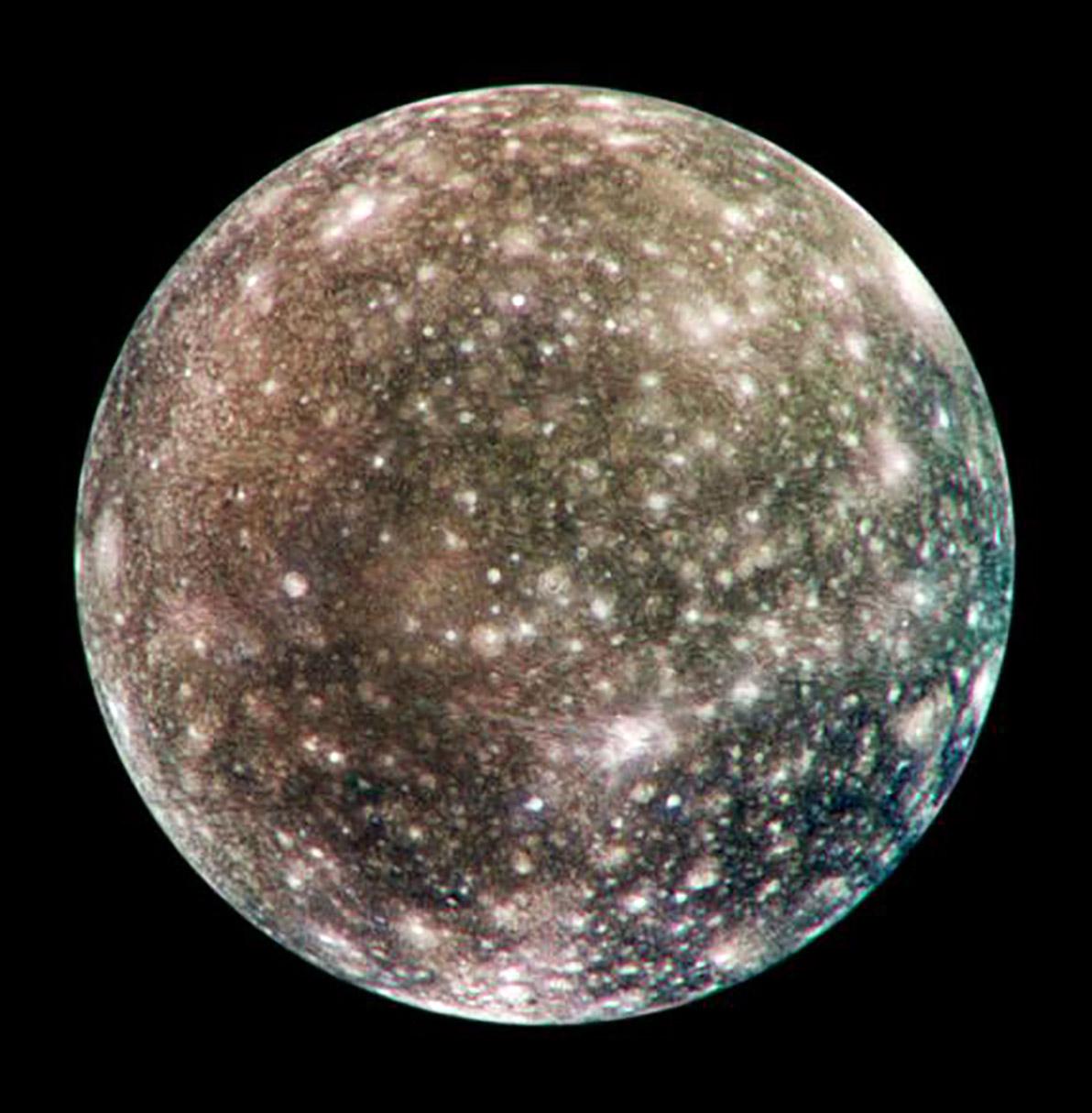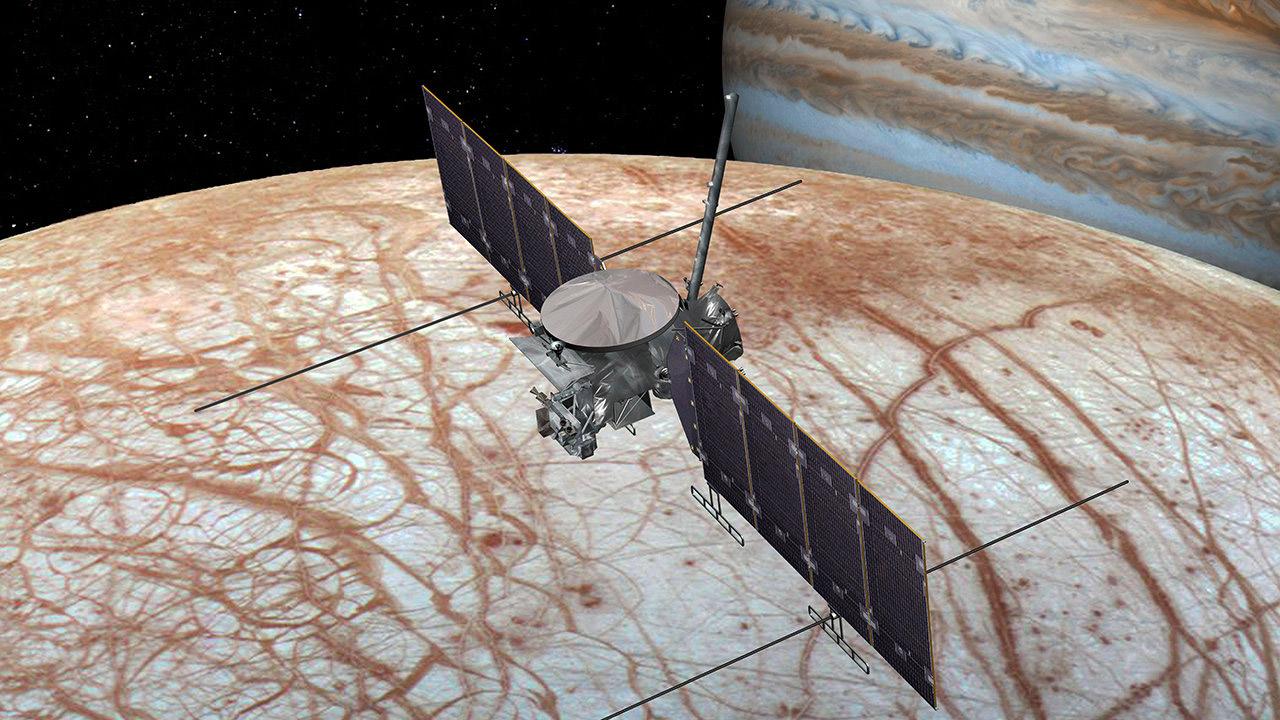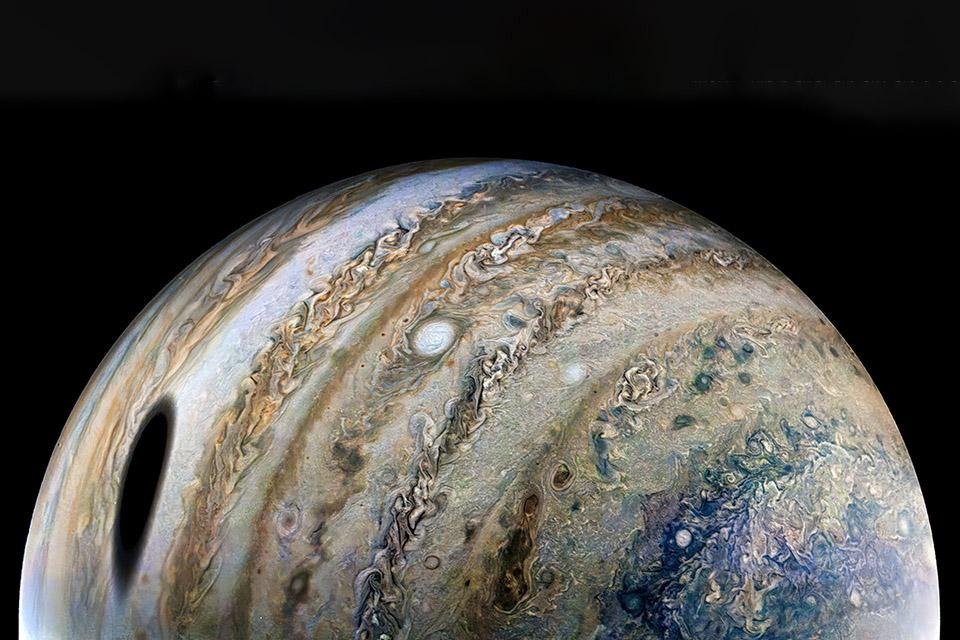Champion of greatness in our solar system, planet Jupiter so massive that its mass represents more than two and a half times the combined mass of all other planets. Such a size allows this huge celestial body to have an equally large gravitational field capable of capturing a significant number of satellites.
To get an idea of the size of the fifth planet in the solar system, suffice it to say that in March 1610 Italian astronomer Galileo Galilei (1564-1642) managed to identify with the optical instruments of the time, four moons of Jupiter: Io, Europa, Ganymede and Callisto. Twenty-three years later, the Pisa scientist would be condemned by the Catholic Church for not accepting the flat earth.
Currently, in addition to these four moons, which are now called “Galileo’s moons,” 75 more are known to orbit Jupiter, according to NASA. Of these, 53 have already been nominated, others are waiting for “baptism”. The group of satellites is called the Jovian moons, three of which are larger than the Earth’s Moon, and one of them – Ganymede – is the largest of all the moons in the solar system.
io
Moon Io is considered the most volcanically active world in the solar system, with hot silicate magma constantly erupting across hundreds of volcanoes tens of kilometers high. Therefore, the surface of the satellite is completely covered with sulfur with shapes of different colors.
Because Io’s orbit is somewhat elliptical, the moon eventually remains in a veritable “drawer” between Jupiter’s colossal gravity and the smaller but precise tugs of its two neighbors – Europa and Ganymede – orbiting farther from the planet. The gravitational struggle causes “tides” on the solid surface rising to a height of 100 meters.
Europe

Due to its properties, Europa may be the most likely place for life outside of Earth. Scientists assume with great certainty that beneath the surface of this moon is a saltwater ocean with a capacity equivalent to twice the total of all the oceans on Earth combined.
And the matter does not end there: theorists believe that the moon, like our planet, has a rocky mantle and an iron core. That is, if at some point three basic components are combined to create life, biological processes have the potential to evolve: liquid water, energy sources, and organic compounds.
Ganymede

Known as Jupiter’s icy moon, Ganymede is larger than Mercury and the dwarf planet Pluto. Like Europa, this moon is estimated to have an enormous saltwater ocean underground, which has more volume than all the water on the Earth’s surface. Scientists imagine that because these oceans are frozen, they could be stacked in layers.
In addition, Ganymede stands out among other moons by having its own magnetic field similar to that of Earth. This feature causes auroras, actually lanes of glowing gas that surround the moon’s poles. There is also evidence that the satellite has a thin atmosphere of oxygen.
kalisto

The second largest moon of Jupiter and the third in our solar system, Callisto is considered the most heavily cratered celestial body in the entire solar system. Space probes flying past this moon revealed numerous bright white spots against a dark background. Scientists say the bright areas are made up of ice, and the dark spots are where the ice has eroded.
Callisto was considered a completely immobile rocky body until the 1990s, when data collected by the Galileo spacecraft suggested the presence of a salty ocean beneath the moon’s icy surface. Subsequent examinations of this research showed that such an ocean, if any, could be much lower than previously thought.
Jupiter’s other moons

Although there are only four, the moons of Jupiter discovered by Galileo more than 400 years ago represent 99.999% of the total mass of its 79 moons, including Jupiter’s ring system. In addition, the Galileans have their own characteristics and features that are not found in other moons, many of which are smaller than 250 kilometers, often not even reaching 5 kilometers.
More information about Jupiter and its 79 moons will come to Earth as NASA’s next major mission, the Europa Clipper orbiter, is launched into space in 2024 to conduct a detailed exploration of Europa.
Source: Tec Mundo
I am Bret Jackson, a professional journalist and author for Gadget Onus, where I specialize in writing about the gaming industry. With over 6 years of experience in my field, I have built up an extensive portfolio that ranges from reviews to interviews with top figures within the industry. My work has been featured on various news sites, providing readers with insightful analysis regarding the current state of gaming culture.












